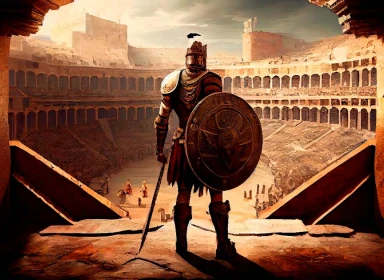
When we think of marketing, we often think of flashy ads, catchy jingles, and clever slogans. However, in the world of drug cartels, marketing takes on a whole new, often terrifying, meaning. Here are some of the most brazen and bizarre marketing strategies employed by cartels, each more shocking than the last.
1. The "Narco Banners" of Mexico
In Mexico, some cartels have resorted to using large banners, known as "narcomantas," to send messages to the public, rivals, and even the government. These banners are often hung in public places like bridges or outside government buildings. They typically contain threats, warnings, or propaganda meant to intimidate enemies or sway public opinion. This method is both a marketing tactic and a psychological weapon, designed to instill fear and demonstrate power.
One famous case involved a banner hung in Monterrey by the Zetas cartel in 2011. It boldly threatened government officials and promised death to those who opposed them. These public displays of power are a grim reminder of the cartels' reach and influence, turning public spaces into their personal billboards.
2. Custom Branded Narco-Submarines
Some cartels have taken their branding efforts to the high seas, literally. There have been documented cases of drug traffickers using custom-built, semi-submersible vessels—known as narco-submarines—to smuggle vast quantities of drugs. These submarines are often emblazoned with the cartel's symbols or colors, serving as both a means of transport and a marketing tool to show off their ingenuity and resources.
In 2019, Colombian authorities seized a narco-submarine with an estimated cargo worth $165 million. The vessel was equipped with sophisticated technology and even had a logo representing the cartel. This kind of branding sends a clear message: the cartel is not only powerful but also innovative and unstoppable.
3. The Cocaine Birthday Cake
In one of the more surreal marketing stunts, a cartel in Colombia reportedly celebrated the birthday of one of its leaders by baking a cake made entirely of cocaine. The cake was decorated with the cartel’s insignia and served to members during a lavish party. While this might sound like a scene from a movie, it actually happened and serves as a chilling reminder of the cartel’s opulence and disregard for law enforcement.
This event was reportedly a morale booster for the cartel’s members, reinforcing loyalty and solidarity within the group. The cake was a literal and symbolic representation of their product and success, wrapped up in a grotesque celebration.
4. Social Media Influencers for Cartels
In a bizarre intersection of modern technology and crime, some cartels have begun using social media influencers to promote their lifestyle and recruit new members. These influencers, often young women, flaunt luxurious lifestyles funded by cartel money, including expensive cars, jewelry, and designer clothes. By portraying a life of wealth and glamour, they lure in recruits and normalize the cartel lifestyle.
One of the most famous cases involved a Mexican social media star known as "La Barbie," who flaunted her connections with cartel members. Her posts, filled with luxury and implicit threats, became a marketing tool for the cartel she was associated with. This tactic effectively merges traditional influencer marketing with the sinister goals of organized crime.
5. The Narco Corridos: Music as Propaganda
Narco corridos, a genre of music that glorifies drug traffickers and their exploits, are another bizarre marketing tool used by cartels. These songs tell stories of cartel leaders, their battles, and their wealth, often portraying them as folk heroes. The music is popular in certain regions of Mexico and the United States, helping to spread the cartel’s influence and attract new members.
The Sinaloa Cartel, for example, has been heavily featured in narco corridos, with songs dedicated to notorious figures like Joaquín "El Chapo" Guzmán. These songs serve as both entertainment and propaganda, reinforcing the cartel’s image and spreading its message far and wide.
These cases highlight the lengths to which cartels will go to market themselves and their products. From public threats to luxurious parties, and even using social media, their methods are as varied as they are disturbing. These tactics not only ensure their dominance but also serve as a chilling reminder of the pervasive influence these organizations wield.





Comments 0